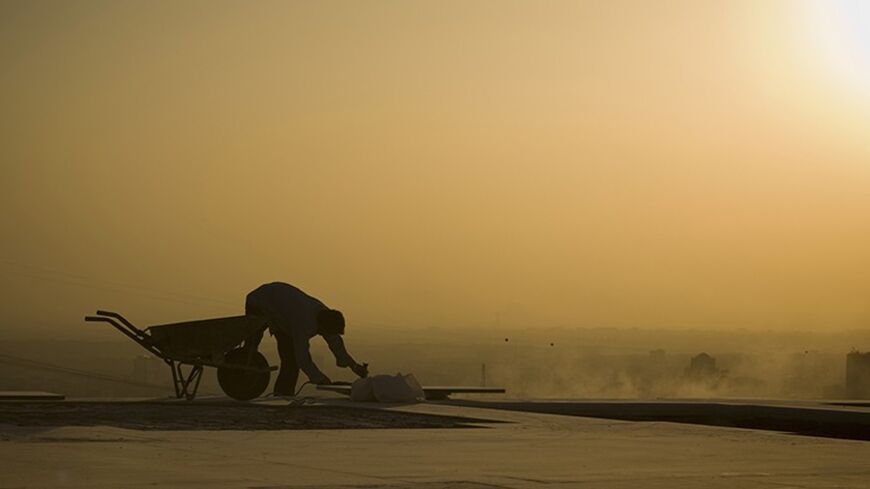On May 10, Iran’s Interior Minister Abdolreza Rahmani Fazli proclaimed that his ministry had established a working group to review the potential of dividing the country into new administrative regions. While announcing this task, Rahmani Fazli underlined that this work “would not mean that the current administrative structures would be unsettled.”
In February, the Majles Research Center (MRC) published a report stating: “The current administrative structures in Iran are an inefficient framework … which not only have not contributed to the country’s development, but have caused an imbalanced development pattern.” In that report, the MRC produced a number of recommendations that focused on decentralization and the creation of new administrative regions based on economic, geographic, cultural, political, social and historical parameters.



